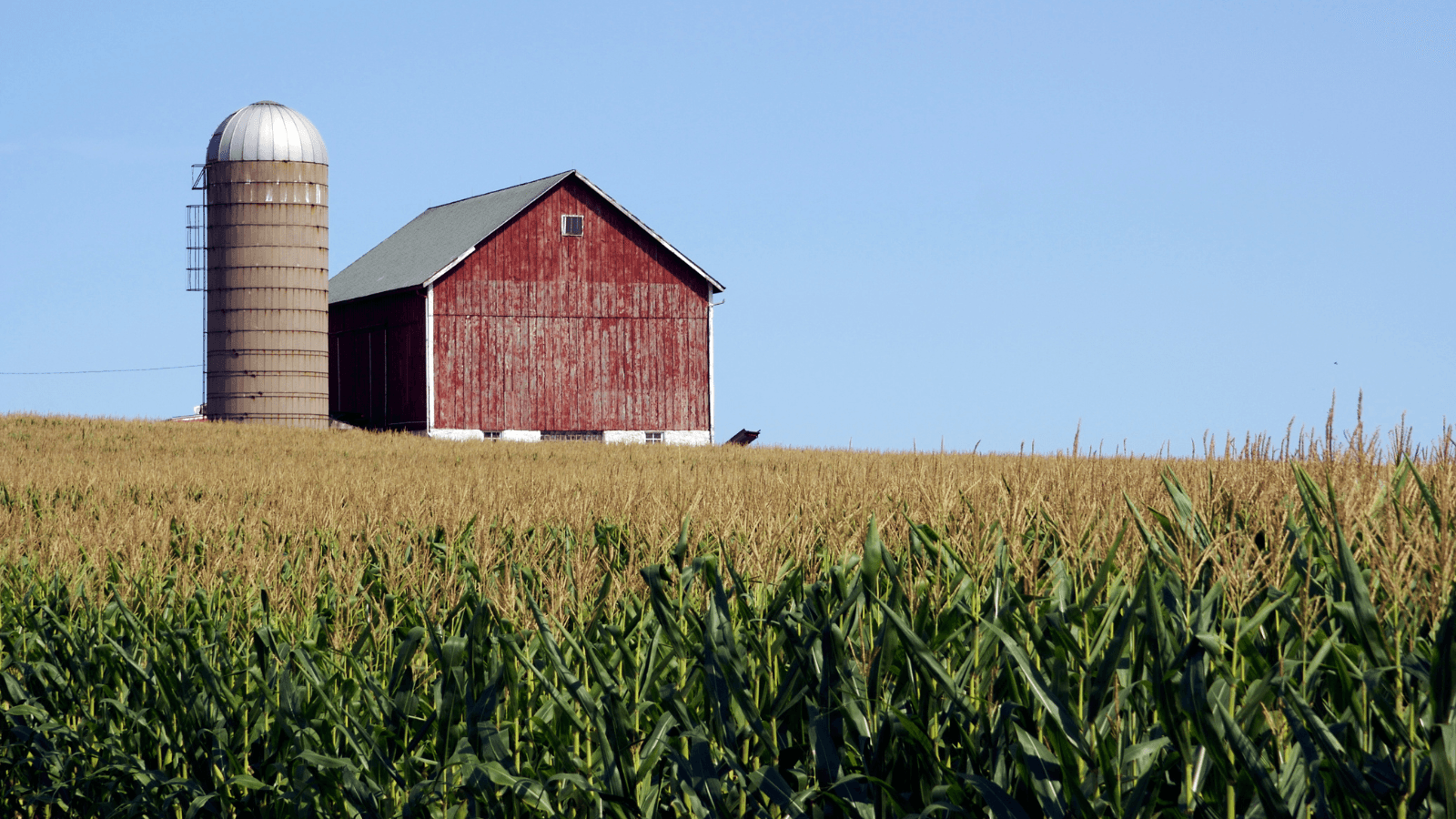
The U.S. Department of Agriculture has announced up to $7.7 billion for fiscal year 2025 to help agricultural and forestry producers adopt voluntary conservation practices on working lands, representing double the amount made available last year and the highest level of assistance made available in a single year in U.S. history for popular USDA conservation programs. In response, Evangelical Environmental Network President and CEO, Rev. Dr. Jessica Moerman, released the following statement:
“EEN applauds USDA for making available historic levels of support for America’s farmers, foresters, and ranchers to steward God’s creation well with climate-smart agriculture practices. A majority of these new investments are made possible thanks to the Inflation Reduction Act of 2022 and fulfills a promise to our farmers to support them in implementing practices that are not just climate-smart, but also water-smart, soil-smart, and smart for our farmers’ bottom line. In a year where our farmers have been hit hard by drought, floods, and other extreme and unpredictable weather, this investment will enable our growers and producers to adopt new innovative practices that make their operations, farm families, rural communities, and God’s creation more resilient to climate shocks. EEN looks forward to partnering with the USDA’s Natural Resources Conservation Service and our farm families to help ensure these benefits get in the hands of our nation's farmers, ranchers, and foresters.”
Background
NRCS recently released an updated list of Climate-Smart Agriculture and Forestry Mitigation Activities eligible for Inflation Reduction Act funding in fiscal year 2025, which includes 14 new activities. NRCS also released the NRCS Conservation Practices and Greenhouse Gas Mitigation Information dashboard sharing the expected mitigation benefits and science-based estimation approach for listed practices.
These in-demand activities are expected to reduce greenhouse gas emissions or increase carbon sequestration, as well as provide other significant benefits to natural resources like soil health, air and water quality, and pollinator and wildlife habitats. In response to feedback received from conservation partners, producers, and NRCS staff across the country, NRCS considered and evaluated activities based on scientific literature demonstrating expected climate change mitigation benefits.
These activities will also help producers mitigate the risks of climate change, including drought and flooding from extreme weather events such as the recent hurricane. Agriculture faces significant exposure to the physical risks of climate change. The USDA estimates that due to increased drought fueled by climate change, the Agency could see up to double the number of ranchers seeking assistance under the Livestock Forage Disaster Program by the end of the century compared to today. This corresponds to an increase of more than $800 million per year in Federal expenditures by the end of the century.
How to Apply
NRCS accepts producer applications for EQIP and CSP year-round, but producers interested in fiscal year 2025 funding should apply by their state’s ranking dates through NRCS at their local USDA Service Center. Funding is provided through a competitive process and is an opportunity to address the unmet demand from producers who have previously sought funding for climate-smart conservation activities.
Additionally, USDA will hold a briefing on Oct. 4 at 11:30 a.m. EDT for interested agriculture and conservation partners. USDA Farm Production and Conservation Under Secretary Robert Bonnie, NRCS Chief Cosby, and several producers who have implemented NRCS programs with the help of the Inflation Reduction Act will talk about voluntary conservation on working lands. Add to your calendar: Google, iCal or Outlook.
NRCS is accepting applications for ACEP for fiscal year 2025, which includes $472 million in Inflation Reduction Act funds for this year. ACEP helps producers conserve and protect grasslands, wetlands and farmlands. Producers interested in Inflation Reduction Act funding through ACEP should submit their applications by the next two ranking dates, Oct. 4, 2024, or Dec. 20, 2024. Any ACEP application submitted to NRCS that was unfunded in fiscal year 2024 will be automatically re-considered during the Oct. 4 funding cycle. In addition, NRCS is also accepting ACEP applications eligible for Farm Bill funding. Application dates for fiscal year 2025 funding differ by state, and they’re available on the NRCS Ranking Dates webpage.
For more information visit USDA






